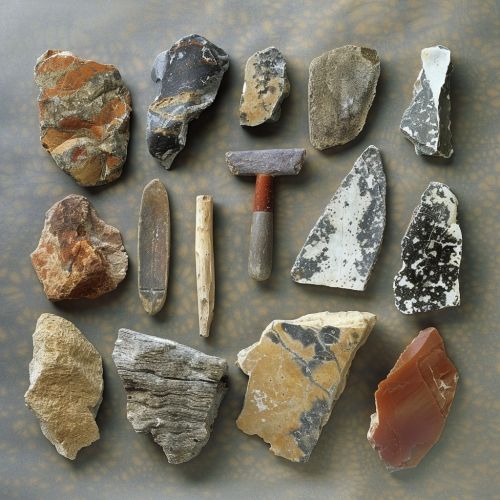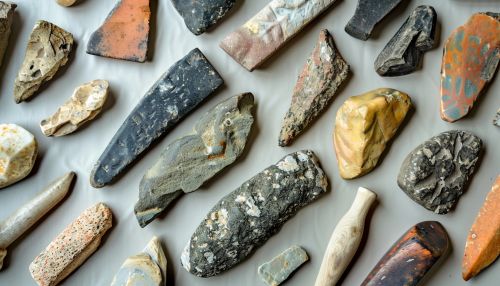Importance of Studying Early Human Technology in Archaeology
Introduction
The study of early human technology is a crucial aspect of archaeology, providing insights into the evolution of human societies and their interaction with the environment. This field of study encompasses a wide range of artifacts, from simple stone tools to complex structures, all of which bear testament to the ingenuity and adaptability of early humans.


Early Human Technology: An Overview
Early human technology refers to the tools and techniques employed by early humans, spanning from the Paleolithic era to the advent of the Iron Age. These technologies were primarily crafted from materials readily available in the environment, such as stone, bone, wood, and later, metals.
Stone Age Technology
The Stone Age, comprising the Paleolithic, Mesolithic, and Neolithic periods, witnessed the development of some of the earliest human technologies. The Paleolithic era, also known as the Old Stone Age, is characterized by the use of flaked stone tools. These tools, including hand axes and spear points, were primarily used for hunting and butchering animals.
The Mesolithic era, or Middle Stone Age, saw a shift towards smaller, more refined tools, often made from bone or antler. This period also saw the advent of microliths, small stone tools that could be combined to form a variety of larger implements.
The Neolithic era, or New Stone Age, marked a significant turning point in human technology. This period saw the development of agriculture, pottery, and the construction of permanent settlements. Stone tools became more specialized and sophisticated, reflecting the changing needs of increasingly complex societies.
Metal Age Technology
Following the Stone Age, early humans entered the Metal Age, which includes the Copper Age, Bronze Age, and Iron Age. Each of these periods is defined by the introduction and widespread use of a new type of metal.
The Copper Age, also known as the Chalcolithic period, saw the first use of metal for tool production. Copper tools were softer and less durable than stone, but could be shaped more easily and precisely.
The Bronze Age marked a significant advancement in metalworking technology. Bronze, an alloy of copper and tin, was stronger and more durable than pure copper. This period saw the development of a wide range of bronze tools and weapons, as well as the construction of large, complex structures such as palaces and fortifications.
The Iron Age, the final period of prehistoric human technology, saw the introduction of ironworking. Iron tools and weapons were harder and more durable than bronze, and iron ore was more widely available than copper and tin, making iron technology more accessible to a wider range of societies.
Importance in Archaeology
The study of early human technology provides archaeologists with a wealth of information about the evolution of human societies. By examining the tools and techniques employed by early humans, archaeologists can gain insights into the ways in which these societies adapted to their environments, interacted with one another, and developed over time.
Moreover, the study of early human technology can shed light on broader patterns of human behavior and cognition. For example, the development of increasingly complex tools and technologies may reflect the evolution of human cognitive abilities, such as problem-solving and abstract thinking.
Conclusion
The study of early human technology is a vital aspect of archaeology, offering a window into the past that can illuminate the evolution of human societies and their interaction with the environment. By examining the tools and techniques employed by early humans, archaeologists can gain a deeper understanding of our shared human heritage.
